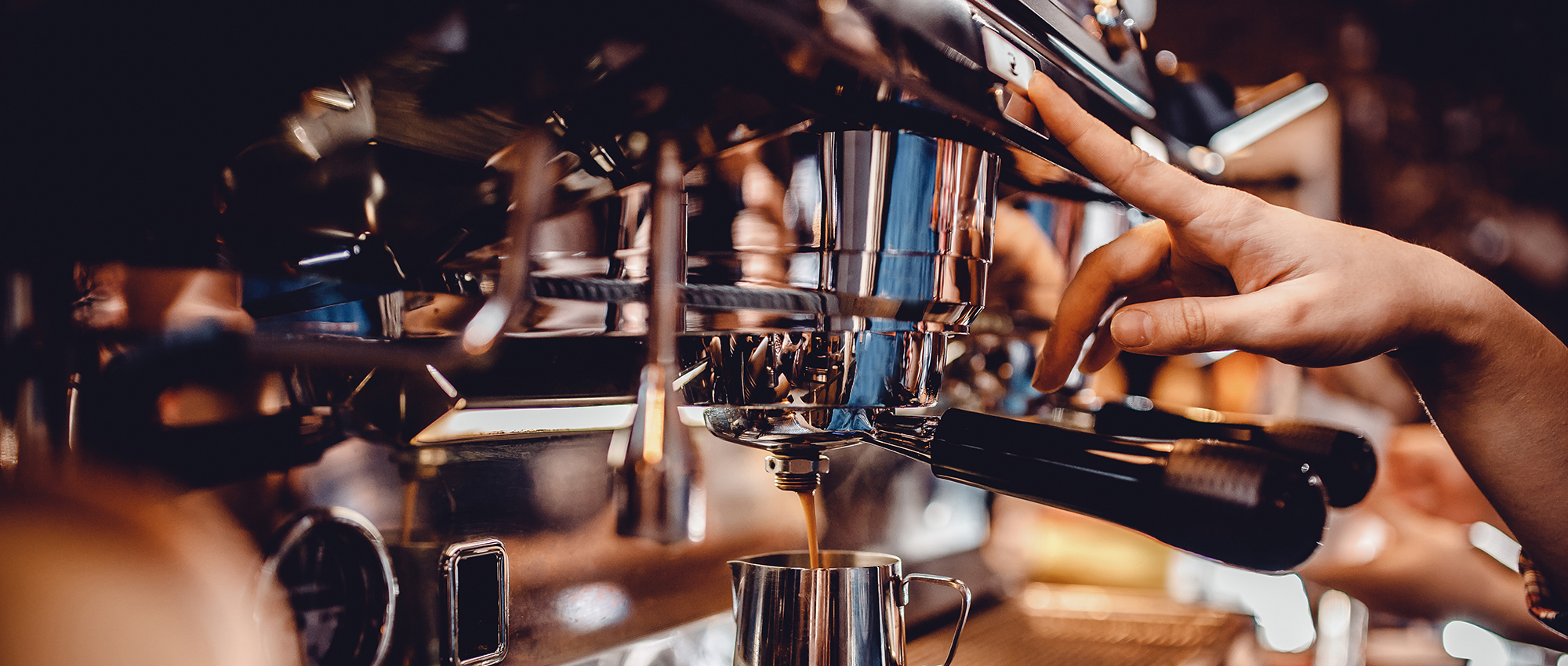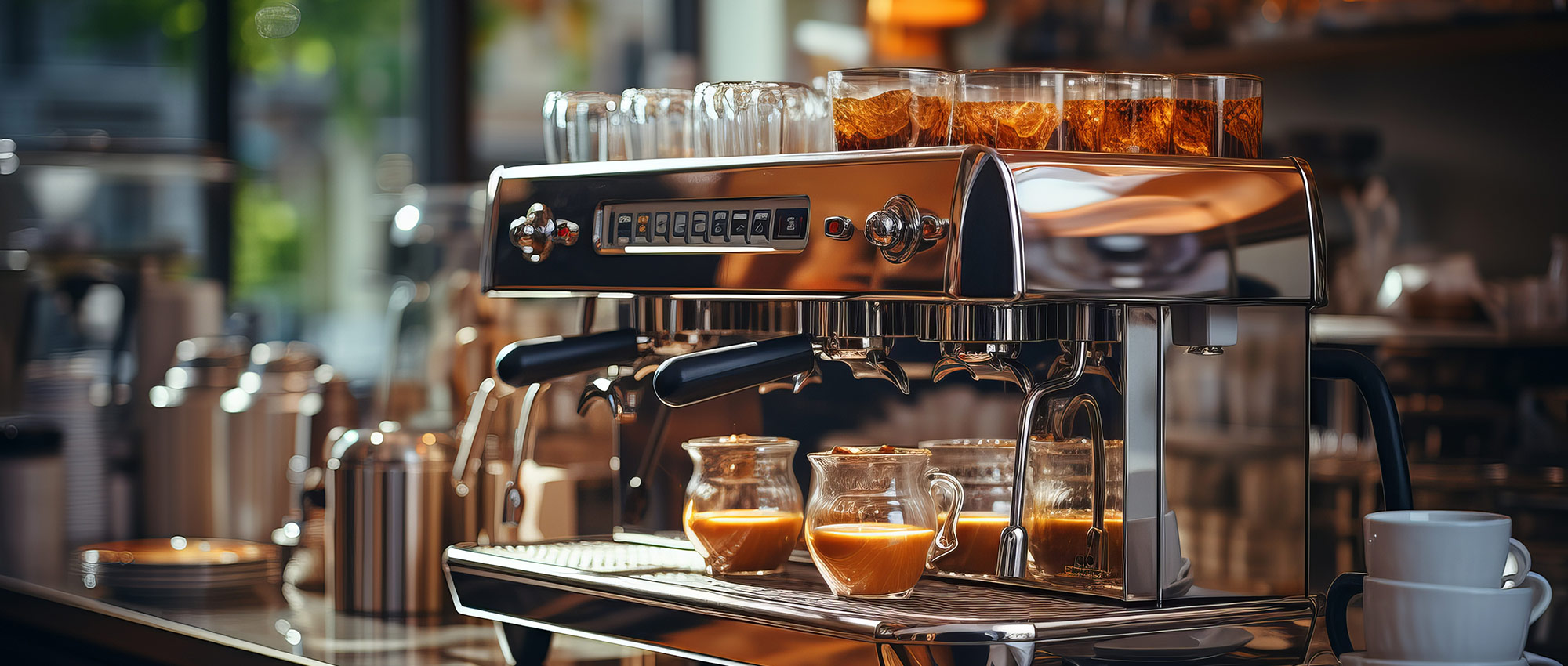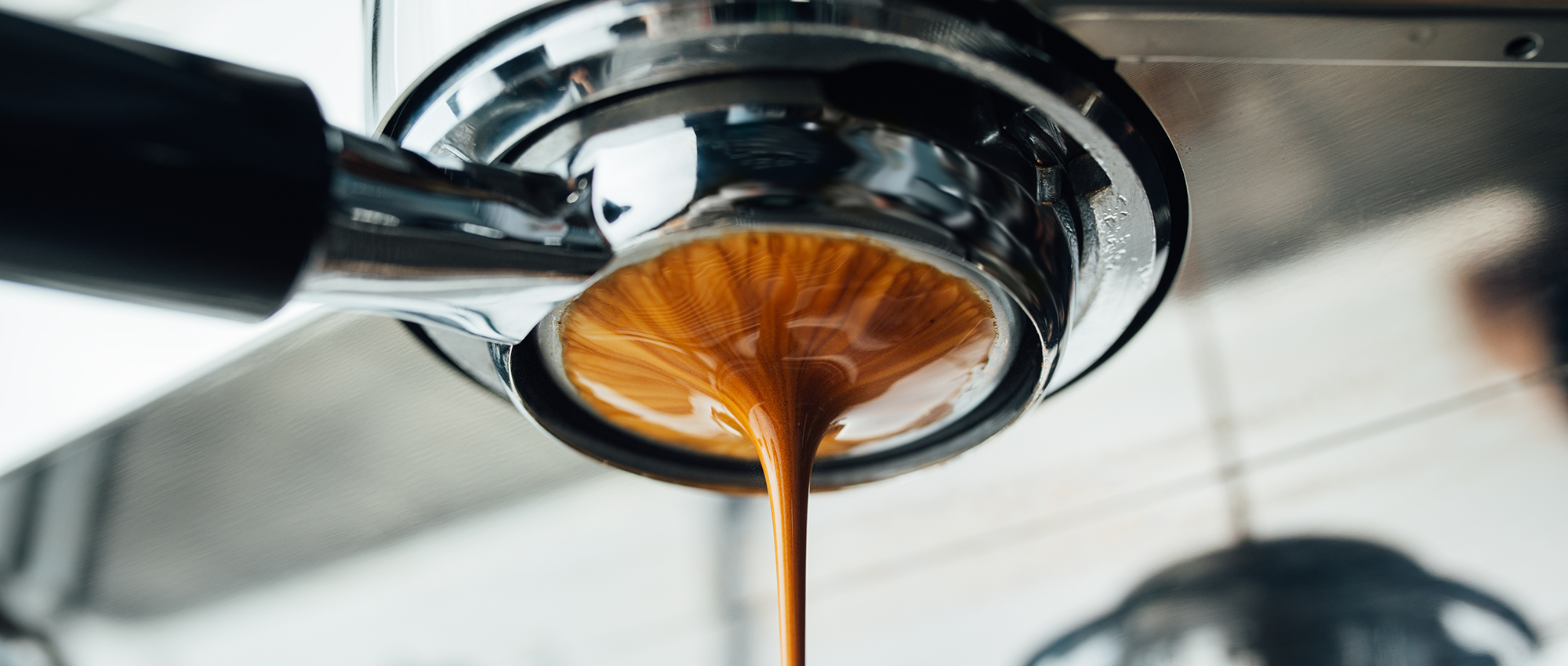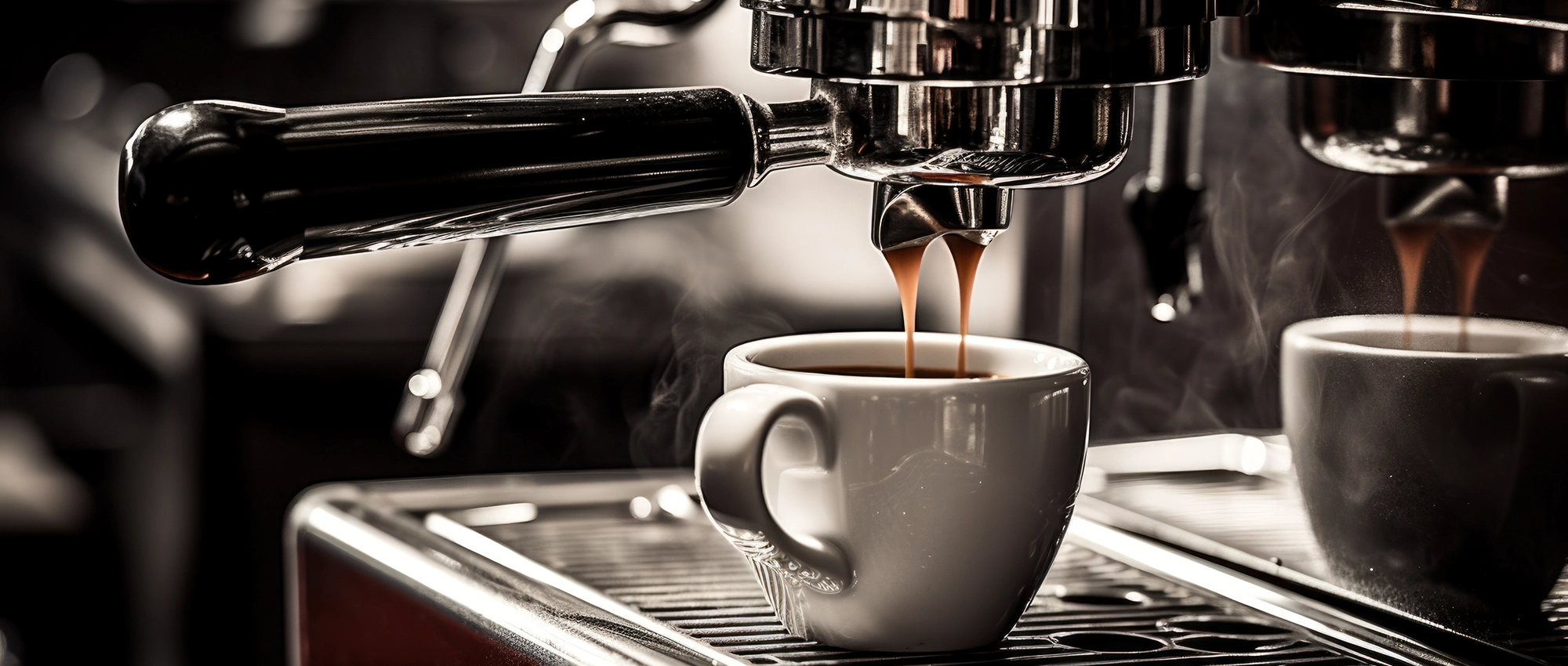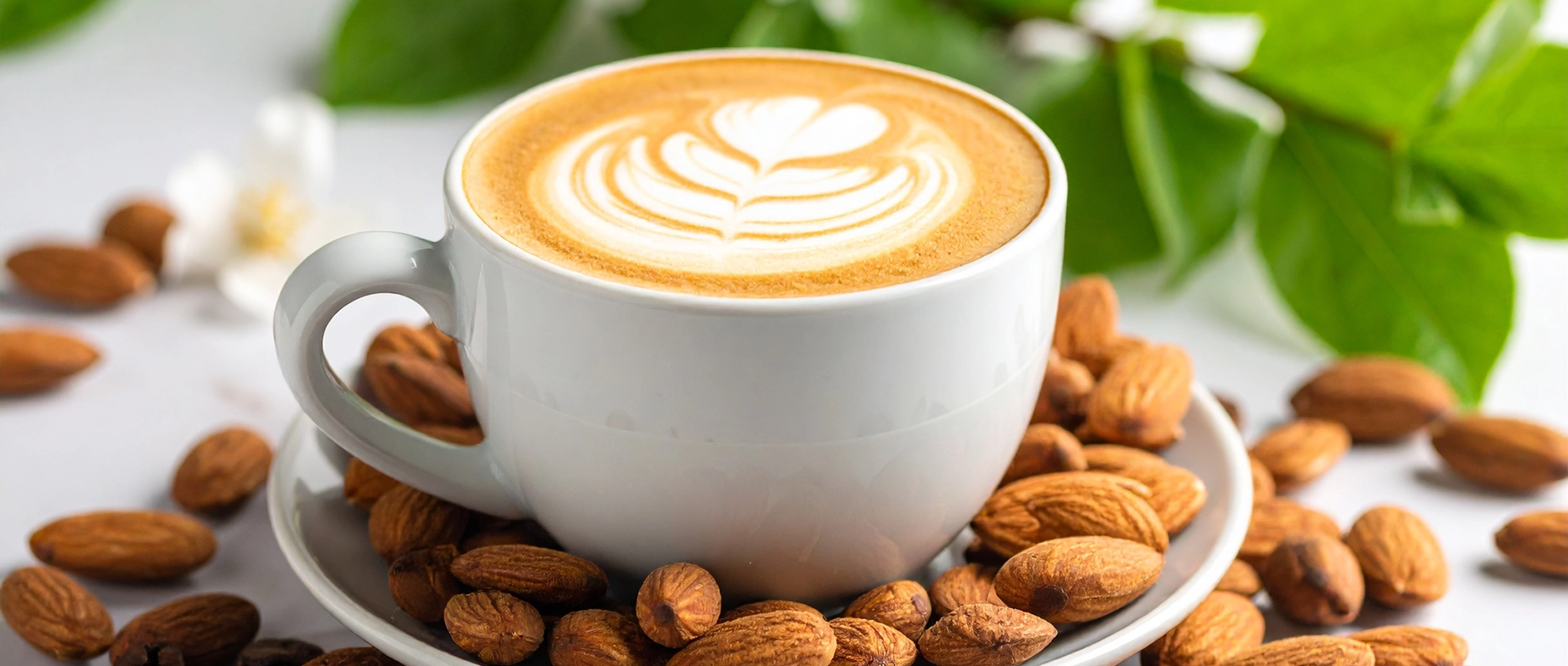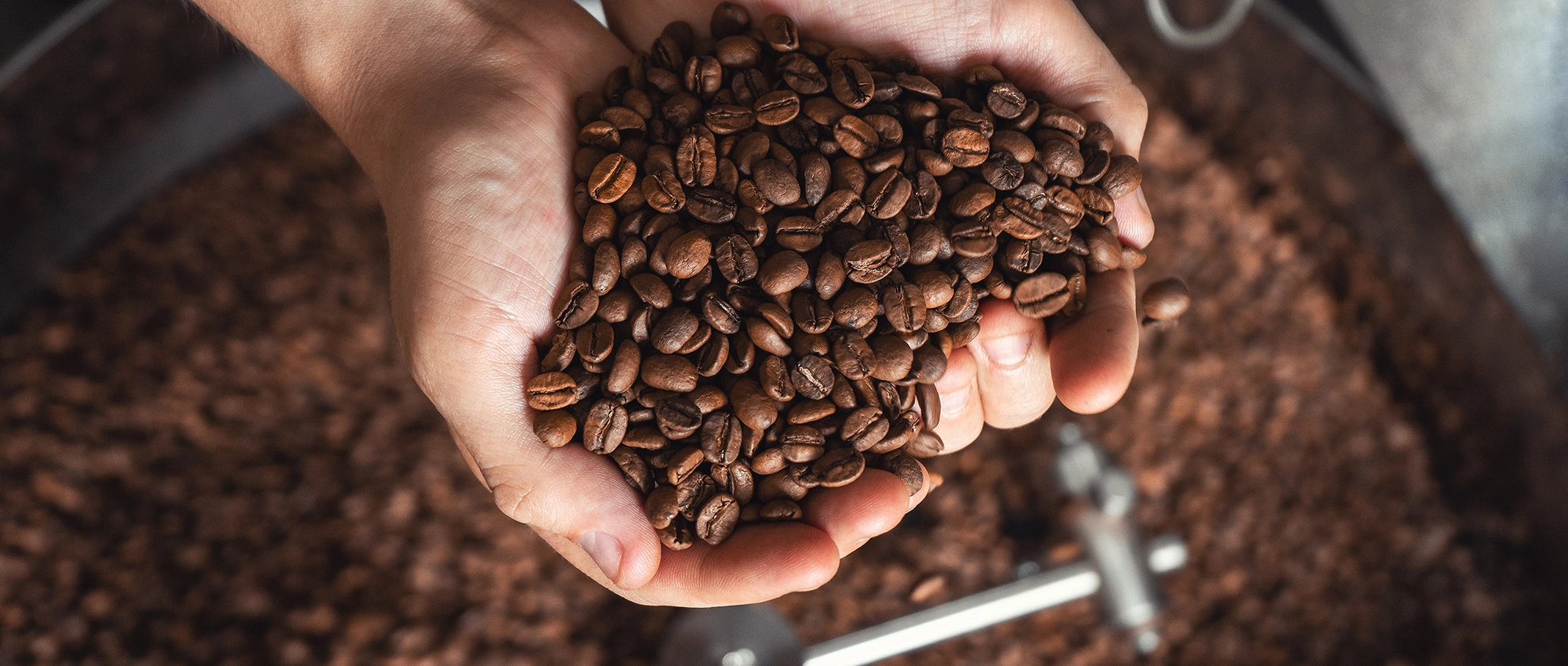Why Your Grinder Matters More Than You Think
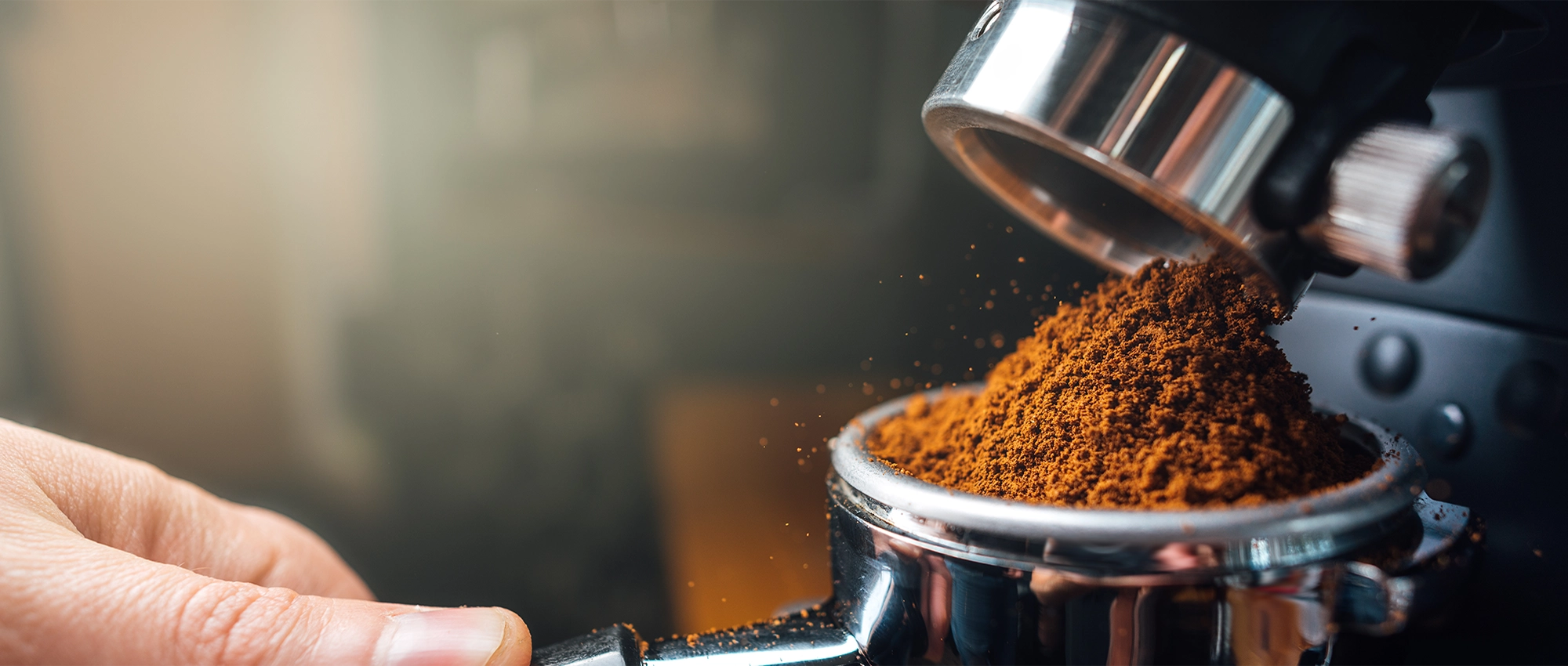
The Critical Role of Coffee Grinders in Espresso Extraction: Why Your Grinder Matters More Than You Think
In the world of espresso, where precision and consistency reign supreme, no piece of equipment is more crucial to extraction success than the coffee grinder. While many coffee enthusiasts focus on expensive espresso machines, seasoned professionals understand that the grinder is the true foundation of exceptional espresso. A mediocre grinder paired with a high-end espresso machine will consistently produce disappointing results, while a superior grinder can elevate even a modest espresso setup to professional standards.
The Science Behind Grind Quality and Extraction
The relationship between grind quality and espresso extraction is rooted in surface area physics and fluid dynamics. When coffee beans are ground, we’re creating surface area for water to interact with the coffee’s soluble compounds. The size, shape, and uniformity of these particles directly determine how water flows through the coffee bed and how efficiently extraction occurs.
Perfect espresso extraction requires uniform particle size distribution. When particles are inconsistent, smaller pieces over-extract while larger pieces under-extract, creating a muddled flavor profile where bitter and sour notes compete rather than harmonize. This phenomenon, known as uneven extraction, is the primary enemy of great espresso and can only be conquered through superior grind quality.
The speed of extraction also depends heavily on grind consistency. Water naturally follows the path of least resistance, so any variation in particle size creates channels where water flows faster, bypassing much of the coffee bed. This channeling effect dramatically reduces extraction efficiency and creates the telltale signs of poor espresso: blonde spots during extraction, uneven crema, and unbalanced flavors.
Understanding Grinder Types: Blade vs. Burr
The coffee grinder landscape is dominated by two fundamental designs: blade grinders and burr grinders. Understanding their differences is crucial for anyone serious about espresso quality.
Blade grinders use rapidly spinning blades to chop coffee beans into fragments. While affordable and widely available, blade grinders produce highly inconsistent particle sizes with a significant percentage of both fines (powder-like particles) and boulders (large chunks). This inconsistency makes it virtually impossible to achieve proper espresso extraction. The chopping action also generates excessive heat, which can damage delicate coffee oils and aromatics.
Burr grinders, in contrast, crush coffee beans between two abrasive surfaces, creating much more uniform particle sizes. This crushing action produces fewer fines and boulders while maintaining better particle shape for optimal extraction. Burr grinders are further divided into two categories: conical burrs and flat burrs.
Conical Burr Grinders: The Traditional Choice
Conical burr grinders feature a cone-shaped burr that fits inside a larger, hollow burr. Coffee beans are drawn down between the burrs by gravity, where they’re progressively crushed as the space between burrs decreases. This design offers several advantages for espresso preparation.
The crushing action of conical burrs tends to produce more uniform particle shapes with fewer fines compared to flat burrs. This characteristic makes them particularly forgiving for espresso brewing, as the reduced fines help prevent over-extraction and bitter flavors. Conical burrs also operate at lower RPMs, generating less heat and preserving more of the coffee’s volatile compounds.
Many conical burr grinders excel at producing the slightly bimodal particle distribution that some espresso professionals prefer. This distribution includes a primary peak of properly sized particles with a smaller secondary peak of slightly larger particles, which can enhance body and mouthfeel in the final cup.
Flat Burr Grinders: Precision and Clarity
Flat burr grinders utilize two parallel, flat grinding surfaces with coffee beans fed between them. The beans are crushed and cut as they move from the center to the outer edge of the burrs. This design can produce exceptional particle uniformity when properly calibrated and maintained.
The advantage of flat burrs lies in their ability to create extremely consistent particle sizes, which can result in remarkable clarity and definition in espresso flavors. High-end flat burr grinders often produce what many consider the gold standard for espresso grinding, with minimal fines and exceptional particle uniformity.
However, flat burr grinders typically require more precise calibration and may be less forgiving than conical burr models. They also tend to operate at higher RPMs, which can generate more heat if not properly designed with adequate cooling systems.
The Price Spectrum: Why Grinders Vary So Dramatically
The price difference between entry-level and professional espresso grinders can be staggering, ranging from under $100 to over $3,000 and more. This variation reflects fundamental differences in design, manufacturing quality, and performance capabilities.
Entry-level grinders often compromise on burr quality, using softer metals that wear quickly and produce inconsistent results. The grinding mechanisms may lack precise adjustment capabilities, making it difficult to dial in espresso extractions. Motor quality is typically lower, leading to inconsistent grinding speeds and potential reliability issues.
Mid-range grinders begin to address these concerns with better burr materials, more precise adjustment mechanisms, and improved motor stability. However, they may still lack the build quality and consistency required for commercial use or the most demanding home applications.
Professional-grade grinders command premium prices because they deliver exceptional consistency, durability, and precision. These machines feature high-quality burr sets made from hardened steel or ceramic, precision-engineered adjustment mechanisms, powerful motors with consistent RPM control, and robust construction designed for thousands of hours of operation.
The difference in grind quality between price tiers is often immediately apparent in the cup. A $200 grinder might produce acceptable espresso, while a $2,000 grinder consistently delivers exceptional results with enhanced clarity, balance, and complexity.
Temperature Stability and Retention
Modern espresso grinders must address two critical factors that significantly impact extraction quality: temperature stability and grind retention. Heat generated during grinding can affect coffee flavor, while retention (coffee grounds remaining in the grinder) impacts freshness and dosing accuracy.
Temperature stability becomes crucial during high-volume grinding. As burrs heat up, they can alter grind consistency and damage volatile coffee compounds. Professional grinders often incorporate cooling systems, larger burr sets that dissipate heat more effectively, and motors designed for continuous operation without overheating.
Grind retention refers to the amount of ground coffee that remains in the grinder after operation. High retention can lead to stale coffee mixing with fresh grounds, affecting flavor and making precise dosing difficult. Low-retention designs minimize this issue through optimized grinding chamber geometry and specialized burr configurations.
The La Marzocco Swan: Excellence in Espresso Grinding
Among the elite tier of espresso grinders, the La Marzocco Swan stands as a remarkable achievement in grinding technology. This grinder represents the culmination of decades of espresso expertise applied to grinding innovation, delivering the precision and consistency that La Marzocco’s reputation demands.
The Swan’s flat burr design produces exceptionally uniform particle distribution, enabling baristas to achieve extraction levels that were previously difficult to attain. The 83mm flat burrs are precision-manufactured to exacting tolerances, ensuring consistent performance across thousands of shots. This consistency is crucial for commercial environments where maintaining quality standards throughout busy service periods is essential.
One of the Swan’s most impressive features is its advanced temperature management system. The grinder incorporates active cooling technology that maintains optimal burr temperature even during continuous operation. This thermal stability ensures that grind quality remains consistent from the first shot of the day to the last, eliminating the temperature-related variations that plague many commercial grinders.
The Swan’s stepless adjustment system provides incredibly precise control over grind size, allowing baristas to make minute adjustments that can transform espresso quality. This precision is particularly valuable when working with different coffee origins or adjusting for environmental changes throughout the day.
Retention is minimized through intelligent design that promotes efficient coffee flow through the grinding chamber. The Swan’s low-retention characteristics ensure that each dose contains primarily fresh grounds, maintaining flavor integrity and enabling accurate dosing for consistent extraction.
The build quality reflects La Marzocco’s commitment to longevity and reliability. The Swan is engineered for commercial environments where downtime is costly and consistency is paramount. Every component is designed for easy maintenance and long-term durability, making it a sound investment for serious coffee operations.
The Grinder’s Impact on Your Espresso Program
Investing in a superior grinder like the La Marzocco Swan transforms every aspect of espresso preparation. The improved grind quality immediately translates to better extraction efficiency, allowing baristas to achieve higher extraction yields with improved flavor balance. This enhanced extraction capability means that coffee purchases deliver better value, as more flavor can be extracted from each gram of coffee.
Consistency becomes the foundation of operational excellence. When grind quality is reliable, baristas can focus on other aspects of espresso preparation, knowing that their grinder will deliver predictable results. This consistency is particularly valuable in training environments, where new baristas need stable equipment to develop their skills.
The superior particle distribution provided by professional grinders also expands the range of coffees that can be successfully prepared as espresso. Single-origin coffees with delicate flavor profiles become more accessible, while complex blends can be fully expressed without the masking effects of uneven extraction.
Conclusion: The Foundation of Excellence
The coffee grinder stands as the unsung hero of exceptional espresso, quietly determining the quality ceiling for every shot pulled. While espresso machines deservedly receive attention for their dramatic brewing process, the grinder’s role in creating the uniform, properly sized particles necessary for optimal extraction cannot be overstated.
Understanding the relationship between grind quality and extraction opens the door to consistently superior espresso. Whether you’re operating a high-volume commercial environment or pursuing perfection in a home setup, investing in grinder quality pays dividends in every cup. The La Marzocco Swan represents the pinnacle of this investment, delivering the precision, consistency, and reliability that serious espresso demands.
In the pursuit of perfect espresso, remember that your grinder is not just a tool, it’s the foundation upon which all other brewing variables build. Choose wisely, and every shot will reflect that decision.
Gary Downey
Gary Downey
Tags :
Coffee U Sunday: Weekly Coffee Business Education
Get expert coffee insights delivered to your inbox every Sunday. Equipment guides, brewing tips, business strategies, and industry trends to help your business succeed.
Categories
Categories
- Coffee Brewers (1)
- Coffee Business Success (9)
- Coffee Grinders (1)
- Coffee Shop Owners (8)
- Coffee Technology (3)
- Cold Brew Coffee (2)
- Espresso Machines (8)
- Espresso Shots (3)
- La Marzocco (2)
- Maintenance & Service (2)
- Specialty Coffee Drinks (3)
- Water Treatment (1)
📚 Equipment Guides
Comprehensive breakdowns of different machine types, helping you make informed purchasing decisions
 Maintenance Tips
Maintenance Tips
Professional techniques to keep your equipment running at peak performance and extend its lifespan
 Brewing Science
Brewing Science
Understand the ‘why’ behind extraction, temperature stability, and equipment design
 Troubleshooting Help
Troubleshooting Help
Common problems and solutions to minimize downtime and service calls
 Business Insights
Business Insights
ROI calculations, workflow optimization, and equipment selection for your specific needs
 Technology Explained
Technology Explained
Demystifying features like PID control, pressure profiling, and heat exchange systems
Coffee U Sunday: Weekly Coffee Business Education
Get expert coffee insights delivered to your inbox every Sunday. Equipment guides, brewing tips, business strategies, and industry trends to help your business succeed.
Share
Use our search function or browse by category to find exactly what you need. Can’t find an answer? Contact us directly, your question might inspire our next Coffee U article! As we grow, so will this resource, shaped by the real needs of coffee professionals like you.
Start exploring Coffee U today and discover why Bean & Brew Technologies is committed to elevating the coffee industry through education and exceptional service.
Have a question?
We're here to help.



